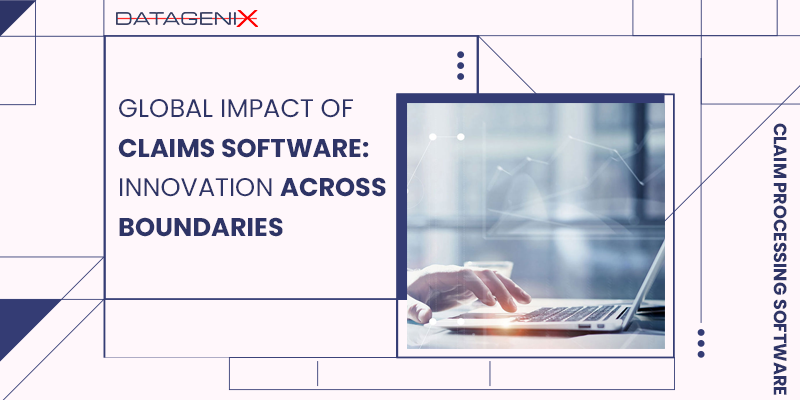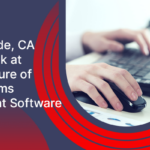Riverside, CA: A Look at the Future of Claims Management Software in 2024
July 25, 2024
There is a great buzz in the market about claims software. Claims software referred to as claim processing software has brought about a significant transformation in the insurance sector in the modern era. This technology has revolutionized the management, processing, and resolution of insurance claims, surpassing regional limitations and promoting global innovation.
The claims software simplifies and automates the sometimes intricate and time-consuming procedure of managing insurance claims, leading to improved productivity, decreased mistakes, and heightened client contentment.
The influence of this phenomenon extends beyond a certain geographical area and has a transformative effect on the global insurance industry in different areas and geographies. Let’s delve deeper into the multifaceted impact of claims software on the insurance sector across various domains and regions.
Claims software has revolutionized the insurance industry globally, redefining the management and processing of insurance claims. This innovative technology, also known as claims processing software, holds the power to streamline, automate, and enhance the often complex and time-consuming claims handling procedures. Its impact extends beyond borders, reshaping the insurance landscape on a global scale.
Minimizing Human Errors
Claims software reduces the need for manual data entry by automatically capturing and inputting relevant information from various sources. This minimizes the chances of typographical errors or discrepancies that often occur during manual data entry processes.
By enforcing standardized workflows and protocols, claims software ensures that each step of the claims processing follows a predefined set of rules and guidelines. This reduces the likelihood of human errors stemming from inconsistent or subjective decision-making.
The software incorporates validation checks and verification processes to ensure that the information provided is accurate and complete. It flags inconsistencies or missing data, prompting users to rectify issues before advancing in the claims process.
Algorithmic Decision-making
Claims software often integrates with external databases, allowing automatic retrieval of information related to policies, customers, and historical claims. This integration reduces reliance on manually inputted data, minimizing errors associated with data entry.
Advanced claims software employs algorithms and AI-driven decision-making to analyze data patterns and make informed decisions regarding claim eligibility, settlement amounts, and fraud detection. These algorithms help in identifying irregularities or anomalies that may signal potential errors or fraudulent activities.
Data Analysis & Pattern Recognition
Data analysis and pattern recognition form the backbone of claims software, empowering insurers to make informed decisions and detect anomalies within the claims processing workflow.
Data Analysis
Claims software utilizes sophisticated data analysis techniques to process and interpret vast amounts of information collected during the claims handling process. This involves mining through structured and unstructured data, including policyholder details, claim documents, historical data, and external sources. By analyzing this data, the software extracts valuable insights, trends, and patterns, enabling insurers to assess risk factors, identify claim patterns, and predict potential issues.
Pattern Recognition
Pattern recognition within claims software involves the identification of irregularities or suspicious activities by comparing current claims against historical data or predefined models. Advanced algorithms and machine learning algorithms are employed to recognize patterns indicative of potential fraud, unusual claim behavior, or inconsistencies. The software flags such anomalies, prompting further investigation to prevent fraudulent claims or errors.
Customer Centric Approach
With the help of claims software, insurers can focus more on the customer by giving clients more personalized services. Insurers can learn more about their customers’ likes and dislikes and how they act by using data insights and analytics. Because they know this, they can customize their services, make contact easier, and give each claimant a more unique experience. Policyholders can easily keep track of the progress of their claims through self-service portals and mobile apps that are linked with claims software. This makes customers happier and builds better customer relationships.
Conclusion
Claims software has become a major force for change in the insurance industry, breaking down barriers and promoting new ideas all over the world. Its ability to improve efficiency, encourage standards, lower risks, tailor services to individual needs, and make sure compliance shows how important it is to the future of insurance. Claims software will definitely change the insurance industry in a big way as technology keeps getting better. It will make things more efficient, clear, and customer-friendly in many different markets and areas.
7 Features Every Online Claim Management System Needs
June 27, 2024What to Look for in Claims Management Software?
May 8, 2024









